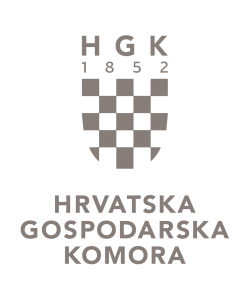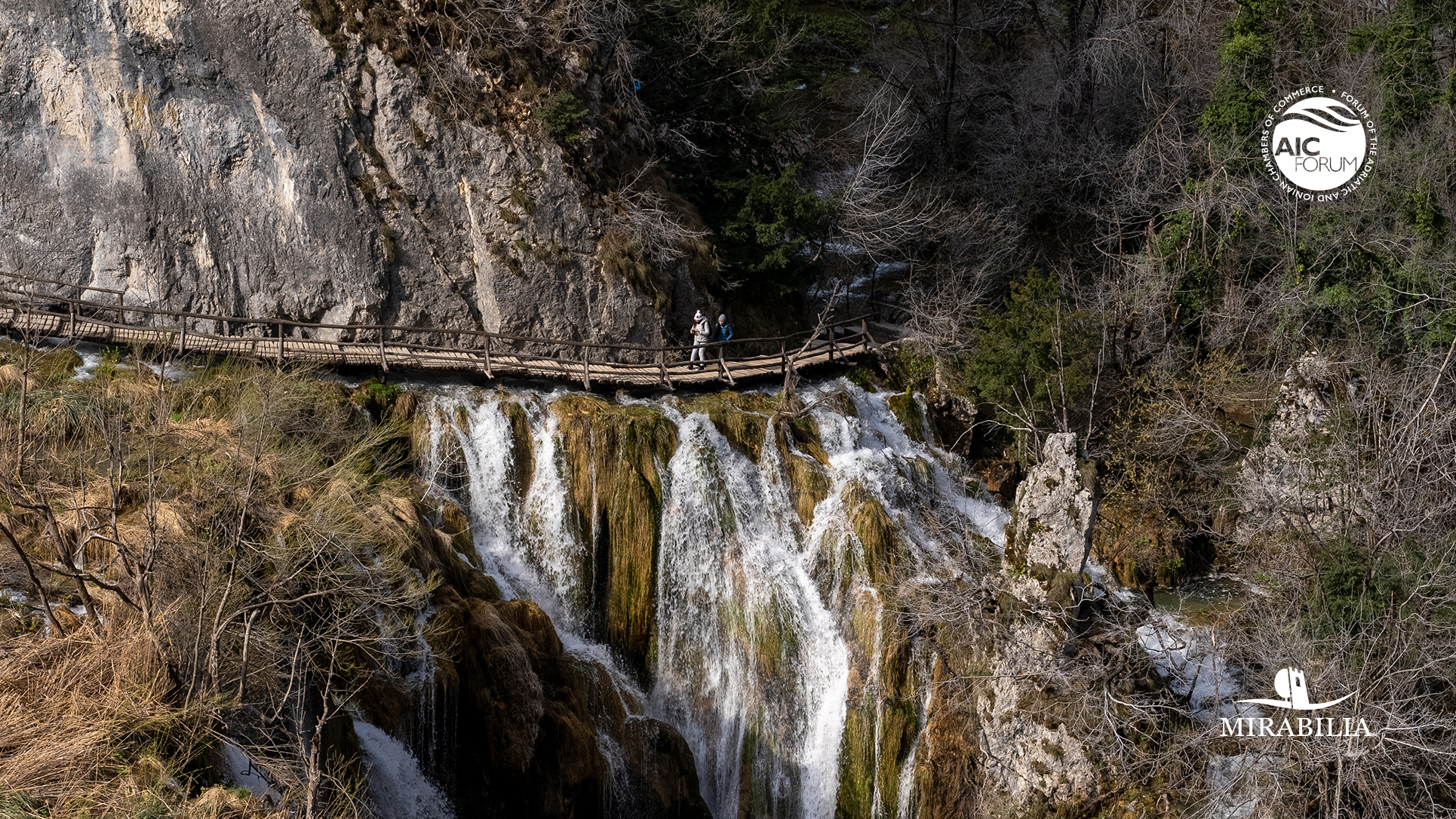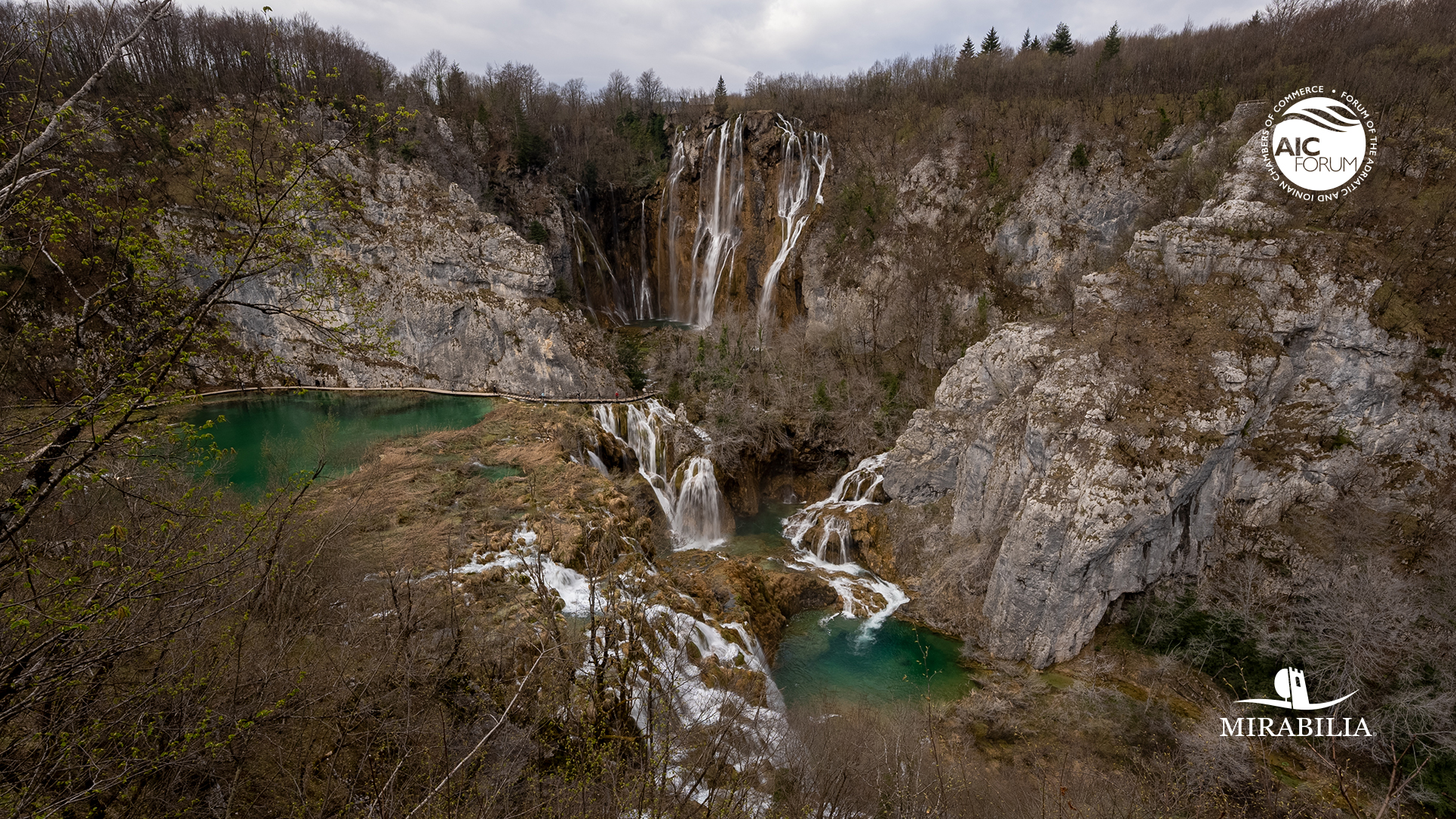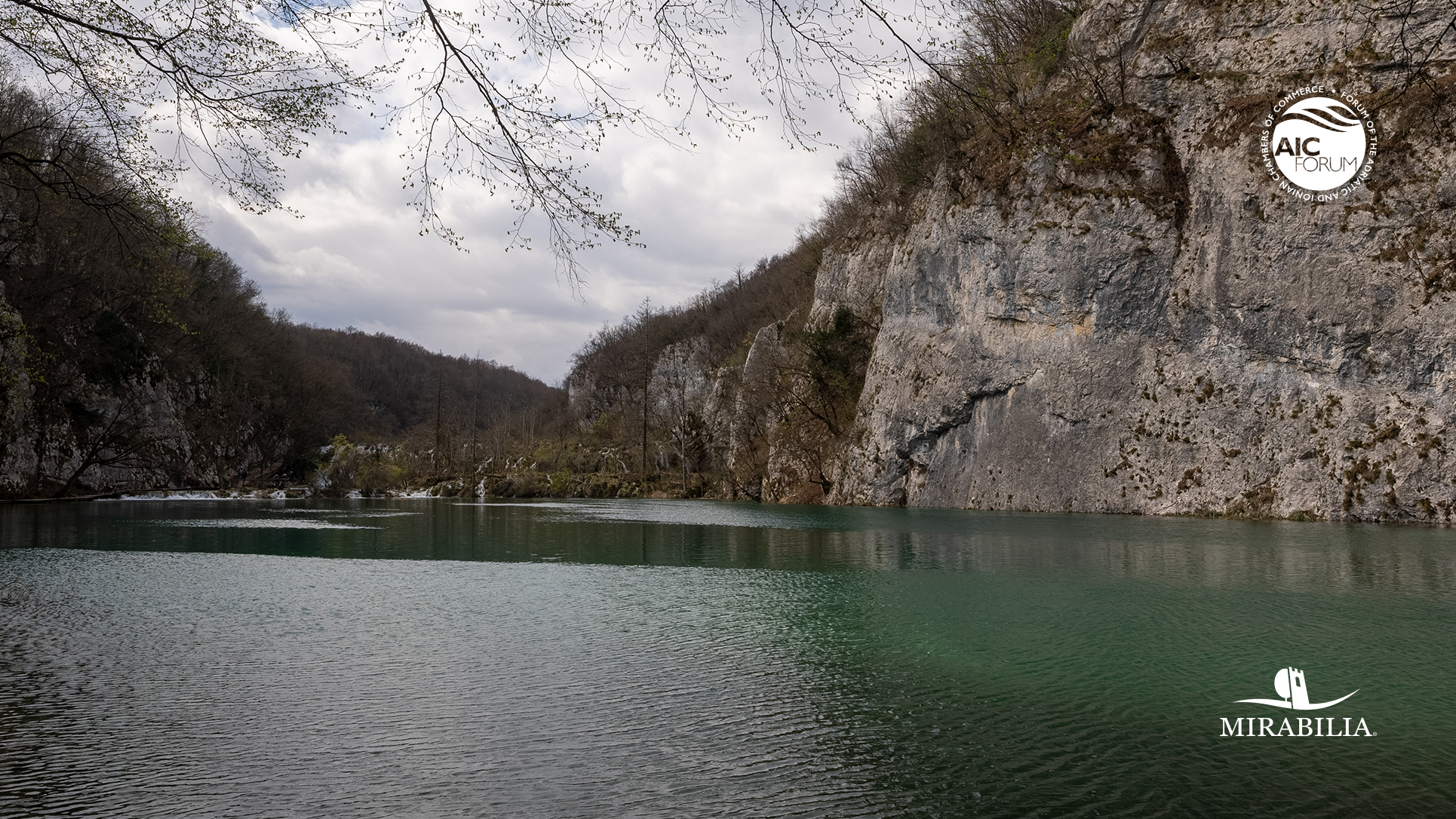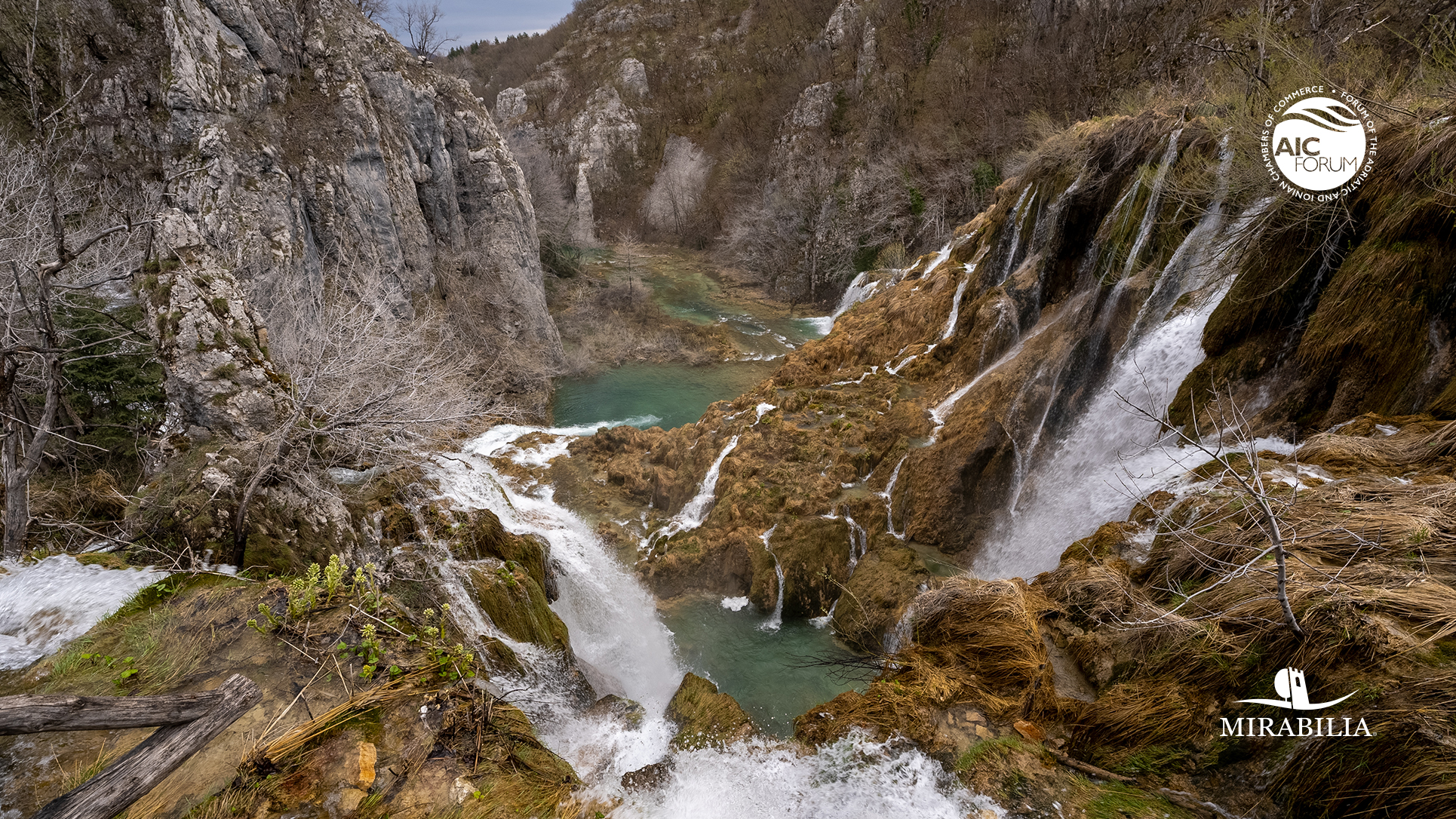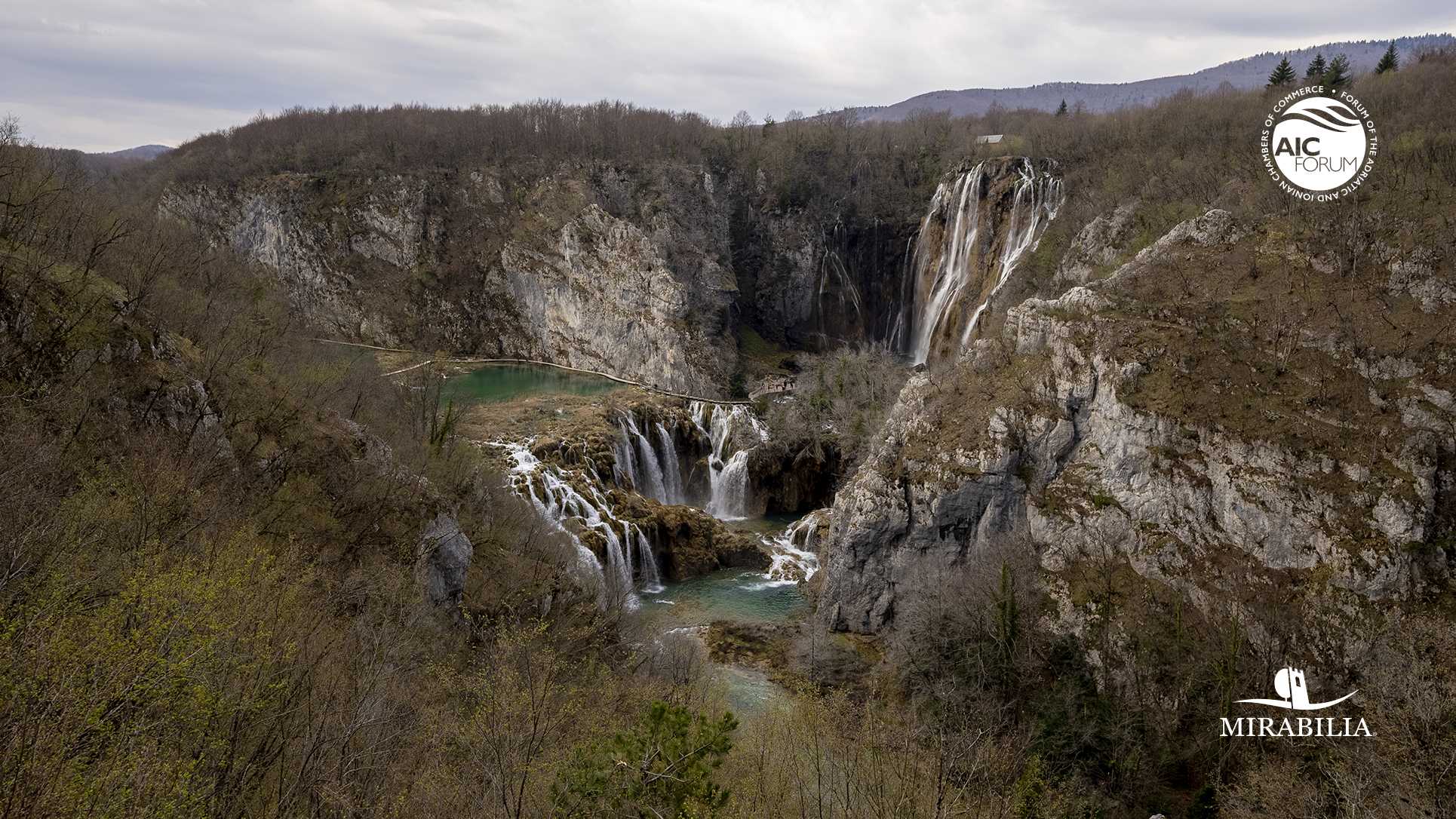Plitvice Lakes National Park, Croatia's largest national park covering almost 30,000 hectares, is situated in the lower elevations of the Dinarides in the central part of the country. Within a beautiful karst landscape dominated by a mix of forests and meadows, the magnificent Plitvice lake system stands out, fascinating scientists and visitors alike. Interconnected by many waterfalls and watercourses above and below ground, the lakes are grouped into the upper and lower lakes. The scale of the overall lake system and the natural barriers are an exceptional expression of the aesthetically stunning phenomenon, acknowledged since the late 19th century. Plitvice Lakes National Park area is mainly covered with very well preserved forests essential for the continuity of geochemical processes in water system (above and below ground), which include an area of 84 ha of old-growth forest of beech and fir. Besides the striking landscape beauty and the processes that continue to shape the lakes, the park is also home to noteworthy biodiversity. Brown Bear, Grey Wolf and Lynx along with many rare species roam the forests, while the meadows are known for their rich flora.
HOW TO GET THERE
- Franjo Tuđman Airport in Zagreb, Rijeka International Airport and Zadar Airport
- Zagreb Bus Station, Rijeka Bus Station and Zadar Bus Station
- A1 - Highway and D1 - Main state road
MUST SEE
Gacka - one of cleanest Europe’s rivers is just short drive away to town of Otočac. Crystal clear water and rich in trout Gacka is ideal for trying your hand in sports fly-fishing or kayaking. The picturesque landscape is ideal for cycling one of the six available beautiful trails or if you prefer hiking there are three hiking trails to try out. Be sure to visit its springs and old watermills.
Memorial Centre ‘Nikola Tesla’ - Croatia is also the homeland of one of the greatest inventors the world has ever seen: Nikola Tesla, whose museum was opened in Smiljan, his birthplace, on the 150th anniversary of his birth. The Centre consists of already existing buildings from the time of Tesla's early life and newly built buildings in which his inventions are displayed.
Grabovača Cave Park - the only cave park in Europe. Caves are the most important geological formations in the park, with 24 caves fully or partialy explored, and some yet undiscovered. Five caves are protected as geomorphological natural monuments with a great diversity (biological, geological, geomorphological) that made this part of Croatia unique in every sense.
CAN'T MISS
Velebit - the largest Croatian mountain and protected as a nature park. Extending over 2,000 km² in area, it is by far the largest protected area in Croatia. There is a whole range of smaller protected areas within the park, including two national parks: Northern Velebit and Paklenica. Velebit is not only significant for the total number of various species and its wealth of flora and fauna but for the significant number of endemic species as well. The entire mountain, in its full length of about 150 km, has been placed under UNESCO protection as a World Biosphere Reserve, presently the only one in Croatia listed as such. Croatian mountaineers regard this area as the most precious jewel among all of the Croatia’s mountains. Don’t miss the opportunity to visit Velebit House, the Northern Velebit National Park Visitors’ Centre. In this multimedia house visitors can learn more about the climate, species and habitats, cultural heritage, geology and spectacular underground of Northern Velebit (which is inaccessible except for professionals). From the foot of the Velebit the Lika River springs, at a 600 m above sea-level and 78 km long it is the longest precipitating river in the region. Cross the river Lika using Kosinj Bridge, seventeen-meter-long stone bridge which was designed in the 19th century and built according to the old Croatian bridge building technique. The bridge is unique with its openings in the arches whose function is to relieve the impact of the waves on the bridge, while being, at the same time, outlined in the water as symmetrical circles. While in the countryside visit Kuterevo and the Bear Sanctuary where you can help the volunteers make life easier for these wonderful animals.
Zipline ‘Pazi medo’ (Eng.‘Beware of the bear’) - experience real adrenaline on one of the longest ziplines in the world, imagine being 80 m above the ground, flying at a speed of 120 km/h and traveling almost two kilometres with a view of the magnificent landscape.
Seaside – just a short drive away the seaside awaits with all its glory. Take a dip in the crystal-clear sea water of Karlobag and Senj or visit the island of Pag and famous Zrće beach one of the most beautiful and most attractive beaches on the island. The Olive Gardens of Lun represent a true oasis and one of the most scenic and beautiful corners of the island of Pag. This area of wild olives, which covers 24 hectares of space, is the only one of its kind in the Adriatic Sea region and it has great botanical value. History lovers will not want to miss story about Uskoci (Croatian guerrilla warriors against the Ottoman Empire in the 16th century) and Nehaj Fortress in Senj that represents a unique and exceptional example of fortification architecture from the transition from the middle ages to the Renaissance. It was as an important strategic building for the defence against the Turks, a part of not only Croatian, but of European heritage, and it marks the time and spirit that had saved Europe and its identity from the invasion of the Turks – the Ottoman Empire.
Significant Landscape of Barać Caves - features various types and forms of relief, with karst relief being predominant. Cave structures with stalagmites and stalactites, Pleistocene fossilised remains and endemic cave fauna and archaeological finds are located underground and will interest amateurs and professionals alike.
Rastoke - watermill village situated where the blue-green waters of river Slunjcica flow into the Korana river in such a beautiful manner that they are called ’Small Plitvice Lakes’. Because of its extraordinary natural beauties and historical tradition, in 1962 Rastoke village fell under the protection of the State Directorate for cultural and historical heritage. Most of the houses were built at the end of the 19th and the beginning of the 20th century.
ASSOCIATEDCHAMBER OF COMMERCE
Croatian Chamber of Economy
Otočac County Chamber
Kralja Zvonimira 16, 53220, Otočac
Tel.: +385 53 771 001 ; +385 53 773 307
Fax.: +385 53 771 130
E-mail: hgkot@hgk.hr
Web: https://www.hgk.hr/zupanijska-komora-oto%C4%8Dac
